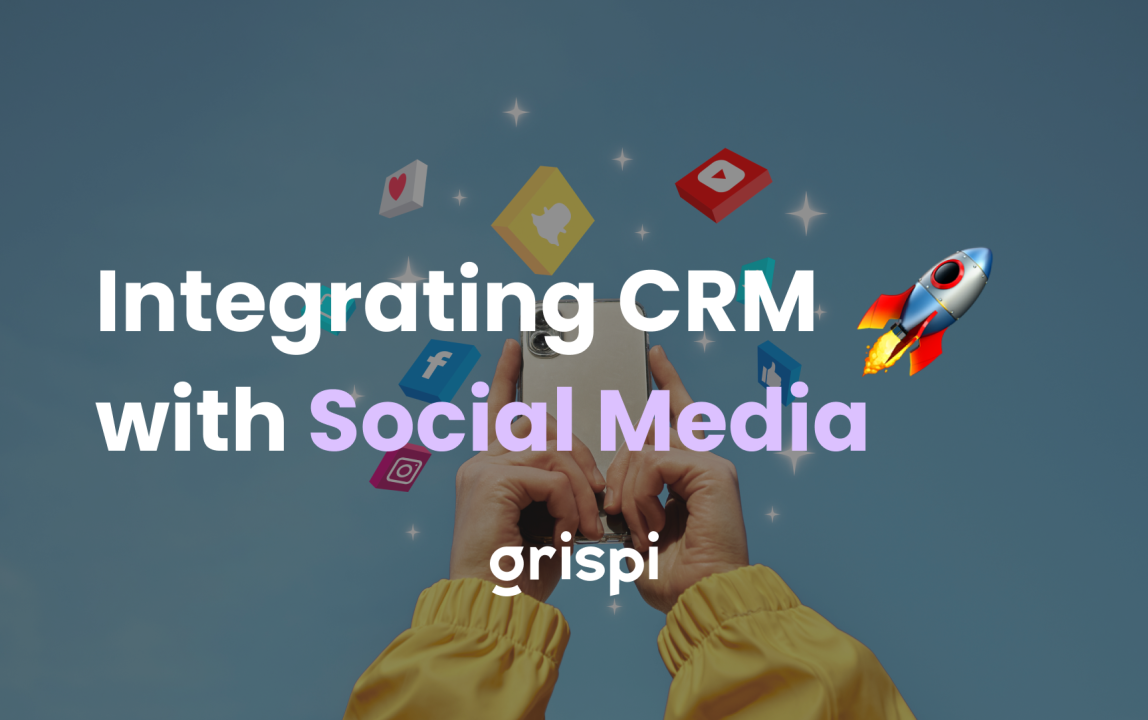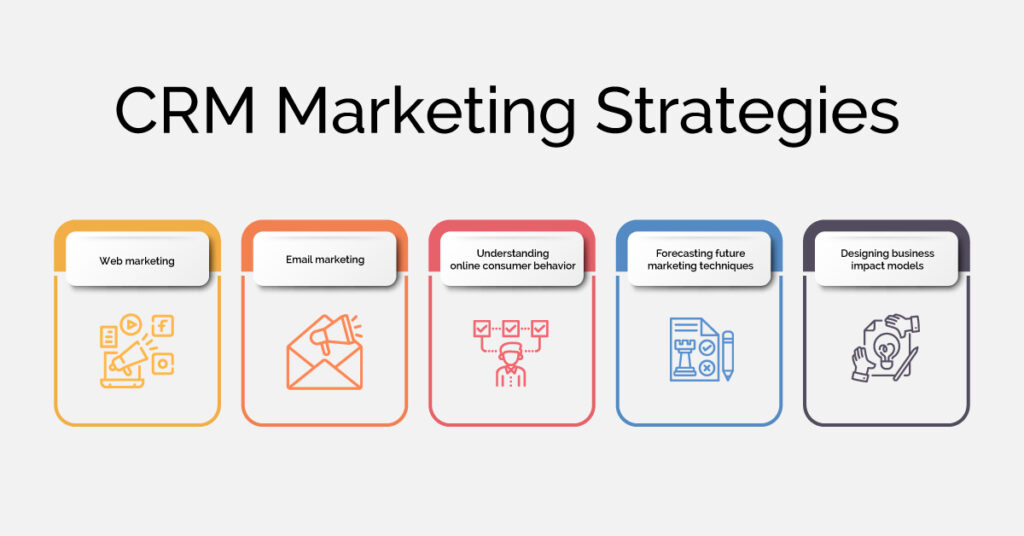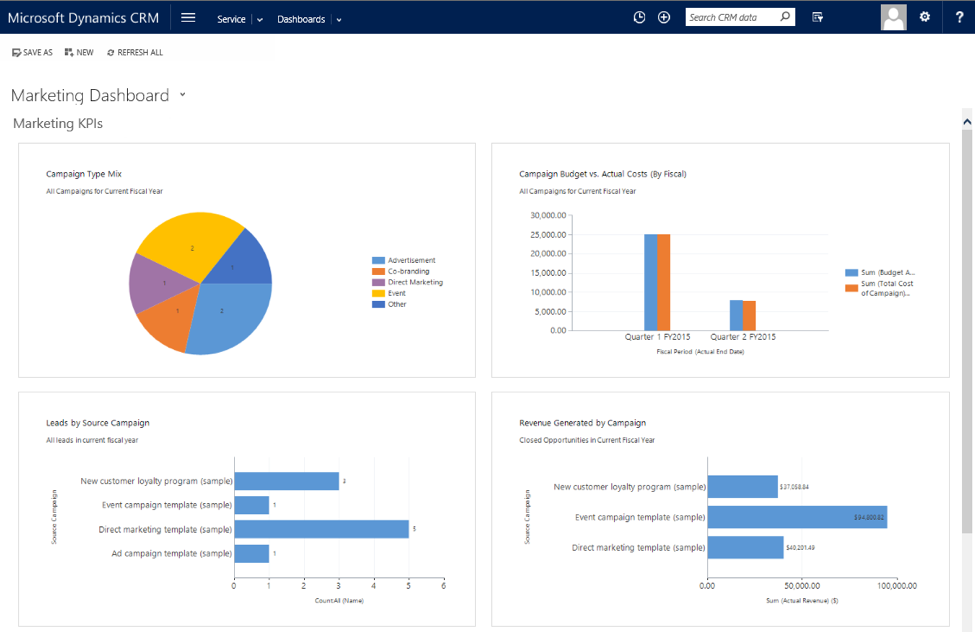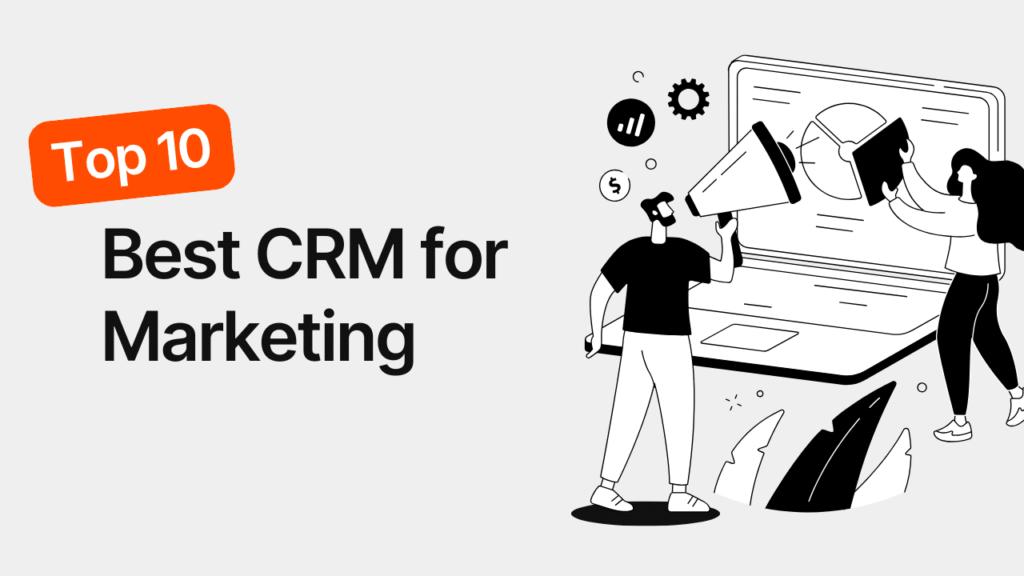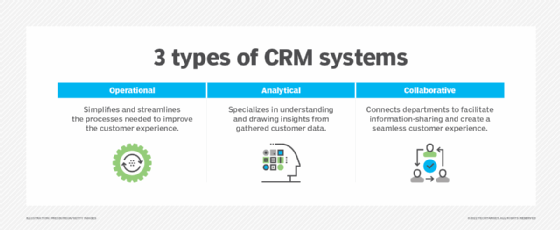Unlocking Customer Loyalty: A Deep Dive into CRM, Marketing, and Reward Programs
Introduction: The Power of Loyal Customers
In the bustling marketplace of today, where consumer choices abound, cultivating customer loyalty isn’t just a perk; it’s a necessity. Think about it: acquiring a new customer can cost five times more than retaining an existing one. Moreover, loyal customers tend to spend more and are more likely to recommend your business to others. That’s where the powerful synergy of Customer Relationship Management (CRM), marketing strategies, and loyalty rewards programs comes into play. This comprehensive guide will delve into how these three components intertwine to create a thriving customer-centric ecosystem.
Understanding the Foundations: CRM and Its Role
At the heart of any successful loyalty strategy lies a robust CRM system. CRM, or Customer Relationship Management, is more than just a database; it’s a strategic approach to managing and analyzing customer interactions and data throughout the customer lifecycle. It enables businesses to understand their customers better, anticipate their needs, and personalize their experiences. Without a solid CRM foundation, the effectiveness of marketing efforts and reward programs will be significantly diminished.
Key Benefits of a CRM System:
- Centralized Customer Data: A CRM consolidates all customer information – contact details, purchase history, communication logs, and more – in one accessible location.
- Improved Customer Segmentation: CRM tools allow businesses to segment customers based on various criteria (demographics, behavior, purchase patterns) to tailor marketing messages and offers.
- Enhanced Communication: CRM facilitates personalized communication through email, SMS, and other channels, fostering stronger relationships.
- Increased Sales and Revenue: By understanding customer needs and preferences, CRM empowers businesses to identify upselling and cross-selling opportunities.
- Streamlined Processes: CRM automates tasks like data entry, lead management, and customer service, freeing up employees to focus on more strategic initiatives.
Choosing the right CRM system is critical. Consider factors like your business size, industry, budget, and specific needs. Popular CRM platforms include Salesforce, HubSpot, Zoho CRM, and Microsoft Dynamics 365, each offering a range of features and integrations.
Marketing Strategies: Engaging Your Audience
Once you have a CRM system in place, the next step is to develop effective marketing strategies that leverage customer data to engage your audience. Marketing, in this context, is about creating value for your customers and communicating that value effectively. It’s about building relationships, not just making transactions.
Key Marketing Tactics for Loyalty Programs:
- Personalized Email Marketing: Use customer data to send targeted email campaigns, such as birthday greetings, exclusive offers, and product recommendations.
- Targeted Social Media Advertising: Leverage customer segments to create custom audiences for social media ads, promoting your loyalty program and special deals.
- Content Marketing: Create valuable content (blog posts, articles, videos) that resonates with your target audience, establishing your brand as a thought leader and building trust.
- SMS Marketing: Send timely text messages to remind customers about their rewards, announce promotions, and provide exclusive offers.
- Loyalty Program Promotion: Promote your loyalty program across all marketing channels, highlighting its benefits and making it easy for customers to enroll.
Marketing automation tools can significantly streamline these efforts. They allow you to automate repetitive tasks, personalize communications, and track campaign performance, saving you time and resources.
The Magic Touch: Loyalty Rewards Programs
Loyalty rewards programs are the cornerstones of customer retention. They incentivize repeat business, encourage customer engagement, and create a sense of appreciation. A well-designed loyalty program can transform one-time customers into brand advocates, driving long-term growth.
Types of Loyalty Programs:
- Points-Based Programs: Customers earn points for purchases, actions (e.g., referrals), and other activities, which they can redeem for rewards.
- Tiered Programs: Customers progress through different tiers based on their spending or engagement, unlocking increasingly valuable rewards and benefits.
- Paid Programs: Customers pay a membership fee for exclusive benefits, such as discounts, free shipping, and early access to sales.
- Cash-Back Programs: Customers earn a percentage of their purchases back as cash, which they can use on future purchases.
- Partnership Programs: Partner with other businesses to offer rewards that complement your products or services.
The key to a successful loyalty program is to make it easy for customers to understand, participate in, and benefit from. The rewards should be valuable and relevant to your target audience. Consider offering a mix of rewards, such as discounts, free products, exclusive experiences, and early access to new products.
Integrating CRM, Marketing, and Loyalty Rewards: A Symphony of Success
The true power of these three elements lies in their integration. When CRM, marketing, and loyalty rewards programs work together seamlessly, they create a virtuous cycle that drives customer loyalty and business growth. Here’s how they can be integrated:
Data-Driven Personalization
Use CRM data to personalize marketing messages and tailor loyalty rewards. For example, send a birthday discount to a customer or offer a free product to a customer who has reached a certain spending threshold. This level of personalization creates a more meaningful customer experience.
Targeted Marketing Campaigns
Segment your customers based on their behavior, purchase history, and loyalty program status. Then, create targeted marketing campaigns that address their specific needs and interests. For instance, you might send a special offer to customers who haven’t made a purchase in a while or promote a new product to customers who have shown interest in similar products.
Automated Triggered Emails
Set up automated email workflows that trigger based on customer actions. For example, send a welcome email to new loyalty program members, a reminder email when points are about to expire, or a thank-you email after a purchase. This helps keep your customers engaged and informed.
Real-Time Loyalty Program Updates
Provide customers with real-time updates on their loyalty program status. Show them their points balance, the rewards they’ve earned, and the progress they’re making toward the next tier. This transparency increases customer engagement and encourages them to continue participating in the program.
Closed-Loop Feedback
Use customer feedback to improve your loyalty program and marketing efforts. Collect feedback through surveys, reviews, and social media. Analyze this feedback to identify areas for improvement and make changes to your program accordingly. This continuous improvement cycle will ensure that your program remains relevant and effective.
Measuring Success: Key Performance Indicators (KPIs)
To ensure the effectiveness of your CRM, marketing, and loyalty program efforts, it’s essential to track key performance indicators (KPIs). These metrics will provide insights into your progress and help you identify areas for improvement. Here are some important KPIs to monitor:
- Customer Acquisition Cost (CAC): The cost of acquiring a new customer.
- Customer Lifetime Value (CLTV): The predicted revenue a customer will generate over their relationship with your business.
- Customer Retention Rate: The percentage of customers who remain loyal over a specific period.
- Churn Rate: The percentage of customers who stop doing business with you.
- Average Order Value (AOV): The average amount spent per order.
- Repeat Purchase Rate: The percentage of customers who make repeat purchases.
- Loyalty Program Enrollment Rate: The percentage of customers who enroll in your loyalty program.
- Redemption Rate: The percentage of loyalty points or rewards that are redeemed.
- Customer Satisfaction Score (CSAT): Measures customer satisfaction with your products or services.
- Net Promoter Score (NPS): Measures how likely customers are to recommend your business to others.
Regularly analyze these KPIs to identify trends, measure the impact of your initiatives, and make data-driven decisions.
Best Practices for CRM, Marketing, and Loyalty Programs
To maximize the effectiveness of your CRM, marketing, and loyalty programs, consider these best practices:
- Know Your Customer: Thoroughly understand your target audience, their needs, and their preferences.
- Personalize Everything: Tailor your marketing messages, offers, and rewards to individual customer preferences.
- Make it Easy: Simplify the enrollment process, the rewards redemption process, and the overall customer experience.
- Be Consistent: Maintain a consistent brand voice and messaging across all channels.
- Be Transparent: Clearly communicate the terms and conditions of your loyalty program.
- Provide Exceptional Customer Service: Go above and beyond to meet customer needs and resolve any issues.
- Continuously Test and Optimize: Regularly test different marketing messages, offers, and rewards to see what resonates best with your customers.
- Stay Agile: Be prepared to adapt your strategies based on customer feedback and market changes.
- Invest in Training: Provide your employees with the training and resources they need to effectively use your CRM system and implement your marketing and loyalty programs.
- Prioritize Data Security: Protect customer data by implementing robust security measures and complying with all relevant privacy regulations.
Real-World Examples: Success Stories
Let’s look at some real-world examples of businesses that have successfully integrated CRM, marketing, and loyalty rewards programs:
Starbucks Rewards
Starbucks’ loyalty program is a prime example of success. Customers earn stars for every dollar they spend, which they can redeem for free drinks, food, and other rewards. The Starbucks app provides a seamless experience, allowing customers to order and pay ahead, track their rewards, and personalize their experience. Starbucks leverages its CRM data to send targeted promotions and personalized offers, driving repeat business and customer engagement.
Sephora Beauty Insider
Sephora’s Beauty Insider program offers tiered rewards based on customer spending. Members earn points for every purchase, which they can redeem for samples, products, and exclusive experiences. Sephora uses its CRM system to track customer purchases, preferences, and behaviors, allowing them to personalize marketing messages and offer customized recommendations. The program fosters a strong sense of community and encourages customers to explore new products.
Amazon Prime
Amazon Prime is a subscription-based loyalty program that offers a wide range of benefits, including free shipping, streaming video, and exclusive deals. Amazon leverages its vast customer data to personalize recommendations, target marketing campaigns, and enhance the overall customer experience. The Prime program has been instrumental in driving customer loyalty and increasing sales.
These examples demonstrate the power of integrating CRM, marketing, and loyalty rewards to create a customer-centric ecosystem that drives business growth.
Challenges and Pitfalls to Avoid
While the combination of CRM, marketing, and loyalty programs can be incredibly powerful, there are also challenges and pitfalls to be aware of:
- Poor Data Quality: Inaccurate or incomplete customer data can lead to ineffective marketing campaigns and a frustrating customer experience.
- Lack of Integration: If your CRM, marketing automation, and loyalty program systems are not properly integrated, you won’t be able to leverage the full potential of your data.
- Ignoring Customer Feedback: Failing to listen to customer feedback can lead to a loyalty program that doesn’t meet customer needs.
- Over-Complication: A loyalty program that is too complex can be difficult for customers to understand and participate in.
- Lack of Personalization: Generic marketing messages and rewards can fail to resonate with customers.
- Not Measuring Results: Failing to track your KPIs makes it difficult to assess the effectiveness of your efforts.
- Focusing on Discounts Over Value: Relying too heavily on discounts can erode your brand value.
- Neglecting Customer Service: Poor customer service can undermine even the best loyalty program.
By being aware of these challenges and taking steps to mitigate them, you can increase your chances of success.
The Future of CRM, Marketing, and Loyalty Programs
The landscape of CRM, marketing, and loyalty programs is constantly evolving. Here are some trends to watch:
- AI-Powered Personalization: Artificial intelligence is being used to personalize customer experiences at scale, from product recommendations to dynamic pricing.
- Hyper-Personalization: Businesses are moving beyond basic personalization to create highly customized experiences based on individual customer behavior and preferences.
- Gamification: Gamification techniques, such as points, badges, and leaderboards, are being used to increase customer engagement and motivation.
- Mobile-First Approach: With the increasing use of mobile devices, businesses are focusing on creating mobile-friendly experiences for their customers.
- Data Privacy and Security: As data privacy concerns grow, businesses are prioritizing data security and transparency.
- Omnichannel Experiences: Customers expect seamless experiences across all channels, from online to in-store.
- Focus on Experiential Rewards: Customers are increasingly valuing experiences over material rewards.
By staying ahead of these trends, you can ensure that your CRM, marketing, and loyalty programs remain relevant and effective.
Conclusion: Building Lasting Customer Relationships
In conclusion, the integration of CRM, marketing, and loyalty rewards programs is a powerful strategy for building lasting customer relationships and driving business growth. By leveraging customer data, personalizing experiences, and offering valuable rewards, businesses can cultivate a loyal customer base that fuels long-term success. Remember to choose the right CRM system, develop effective marketing strategies, design a compelling loyalty program, and continuously measure your results. By embracing best practices and staying ahead of the latest trends, you can create a customer-centric ecosystem that thrives in today’s competitive marketplace. The journey to customer loyalty is ongoing, requiring consistent effort, adaptation, and a genuine commitment to understanding and serving your customers. When done right, the rewards are well worth the effort.

